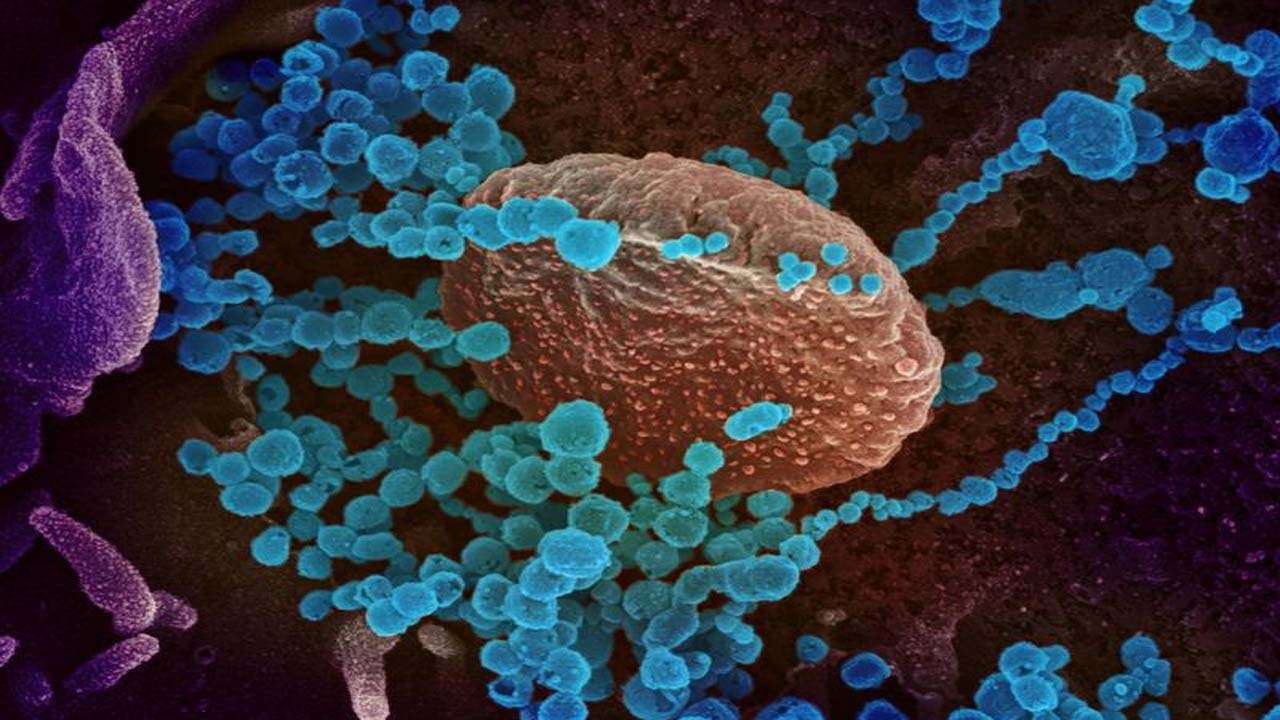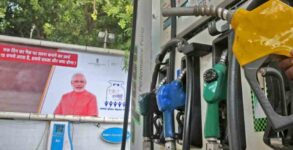Amid a staggering surge in COVID-19 cases across the country, the Centre on Wednesday sought to quell the panic by presenting a slew of statistics to show the severity and virulence in the ongoing second wave of the contagion are about the same as the first one.
The government, however, cautioned that there is no clear sign of any downtrend in the COVID graph yet.
Also, 21,000 people have tested positive for COVID-19 after taking the first dose of either Covishield or Covaxin vaccines, while nearly 5,700 contracted the infection after taking both the doses, government data revealed.
At a press conference on Wednesday, Union Health Secretary Rajesh Bhushan said the COIVD-19 positivity rate in 146 districts was more than 15 per cent, while it was between five and 15 per cent in 274 districts.
“We are in the midst of the second wave of the pandemic and we are still seeing an upsurge. We cannot comment when the numbers will come down,” ICMR Director General Balram Bhargava said.
Presenting data from both the waves of the pandemic, he said 8.07 per cent of cases reported in the first wave were between the age group of 10-20 years, while in this time it is 8.50 per cent.
“In the age group 20-30 years, 20.41 per cent cases were reported in the first wave, while in the second it was 19.35 per cent.”
The data was released amid a growing panic that the second wave is somehow more powerful and could cause greater havoc. India is already grappling with a shortage of oxygen and other medical supplies as its health infrastructure is stretched to the limits due to spiralling COVID-19 cases.
Asked how did the second wave catch the country unawares, Bhushan said, “Today is not the time to go into why did we miss or did we miss or did we prepare. It is time to jointly face the pandemic. Once we emerge from it successfully, then probably… we would be able to deliberate on this.”
“All the energies of the Centre and states are focused in a collaborative manner to tackle this, save lives and to ensure our health system is strengthened,” he stressed.
The health secretary referred to the data to show that 67.5 per cent of those affected in the first wave were aged 30 and above, it was 69.18 per cent this time.
In the age group 30-40 years, 21.05 per cent COVID-19 cases were reported in the first wave and 21.15 per cent in the. For the age group 40-50 years, the percentage of cases in the first wave was 17.16 per cent and in the second it is 17.50 per cent.
During the first wave, in the age group 50-60 years, 14.80 per cent cases were reported in the second wave it was 15.07 per cent. Between 60 and 70 years, 9.01 per cent cases were reported in the last wave and 9.99 per cent now.
Age-wise comparison of fatalities in 2020 and 2021 showed that 0.27 per cent of deaths reported in the first wave were below 10 years, while in the second it was 0.34 per cent. Between 10 and 20 years, 0.53 per cent deaths were reported in the first wave and 0.31 per cent in the second, the data showed.
In the age group of 40-50 years, 11.98 per cent of deaths were reported in the first wave, while 10.82 per cent of fatalities were registered in the second.
About those getting infected even after inoculation, Bhargava said it included 0.04 per cent of the 17,37,178 people who received both doses of Covaxin and 0.03 per cent of 1,57,32,754 who took the second dose of Covishield.
Vaccines reduce the risk and severity of infection, and prevent death, he said, adding if one gets infected even after immunisation then it is called breakthrough infection.
So far, 1.1 crore doses of Covaxin have been administered out of which 93 lakh received the first dose. Among them, 4,208 people got infected. About 17,37,178 people received the second dose of which only 695 tested positive for COVID-19, the ICM DG said.
About Covishield, 11.6 crore doses have been administered of which 10 crore received the first dose and 17,145 contracted the infection, he said, adding 1,57,32,754 people took the second dose and of that 5,014 got infected.
“Two to four per 10,000 breakthrough infections have occurred, a very small number. They were mainly healthcare workers prone to occupational hazards. This is a very small number and not at all worrisome.
“Also, the highly transmissible second wave also contributes minuscule to the percentage so this could have been even zero per cent,” the ICMR DG said.
NITI Aayog Member (Health) V K Paul noted that there is a risk of infection even after vaccination. “So, we stress on people following COVID-appropriate behaviour even after taking the jabs.”
Amid reports of oxygen shortage in the country, the Centre said of the total 7500 metric tonnes of oxygen being produced in India daily, as on date 6,600 metric tonne is being allocated to states for medical use and efforts are being made to increase supplies in the coming days.
Paul appealed to the states, hospitals and nursing homes to ensure rational use of oxygen.
The health secretary said, “We have issued instructions that keeping aside a few industries, the supply to industries will be restricted so that more oxygen can be made available for medical use.” PTI


















